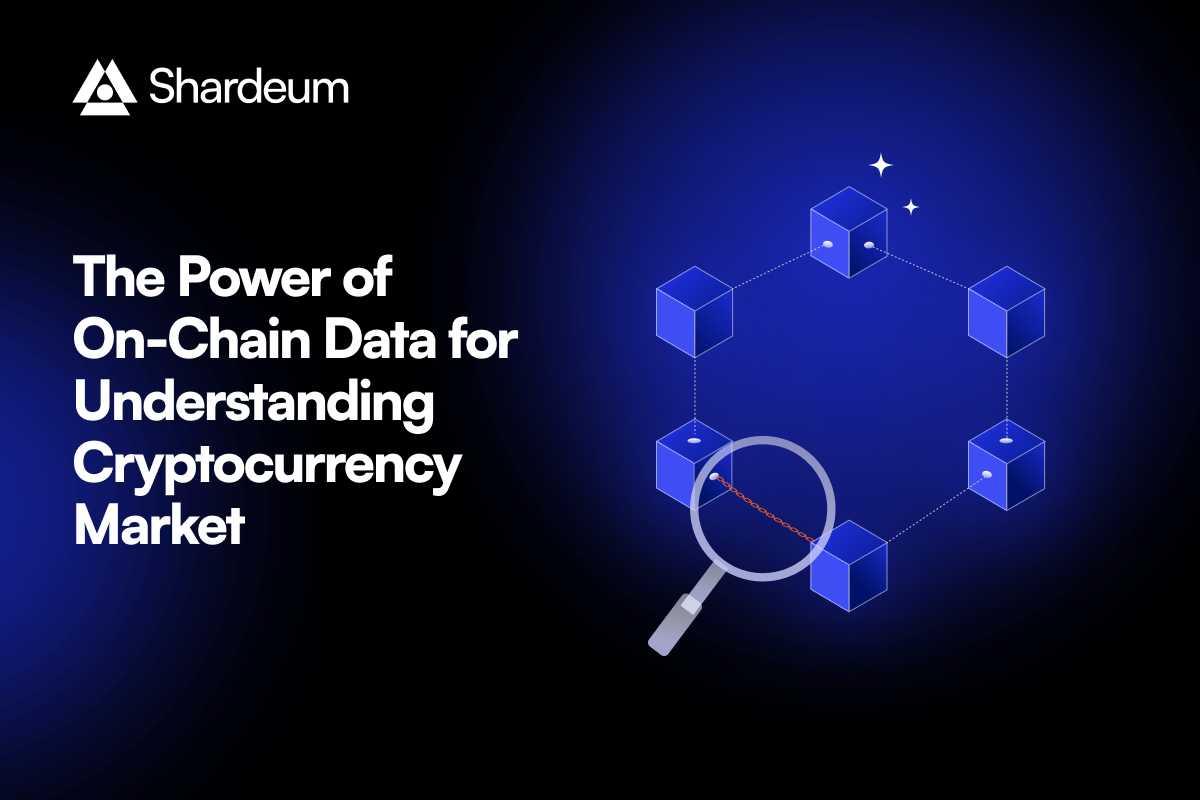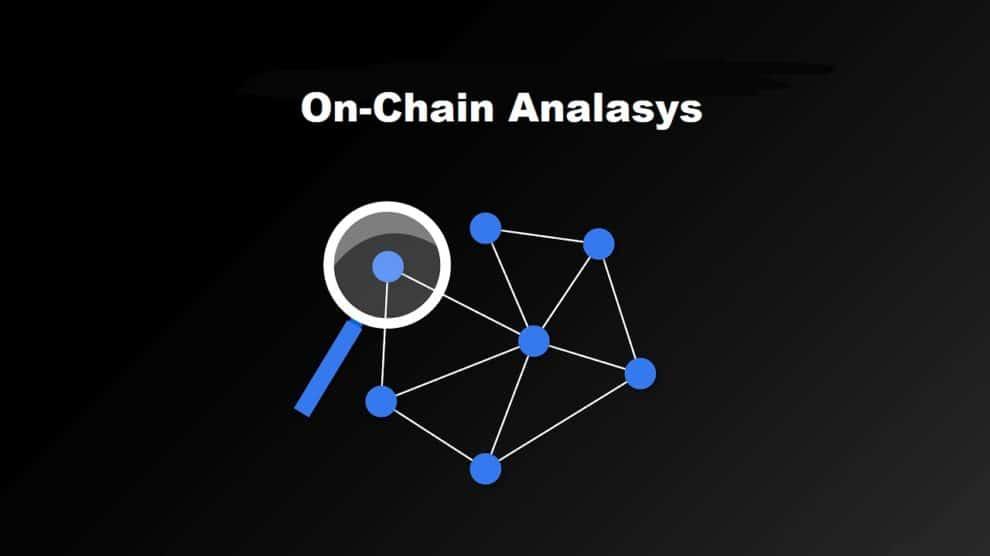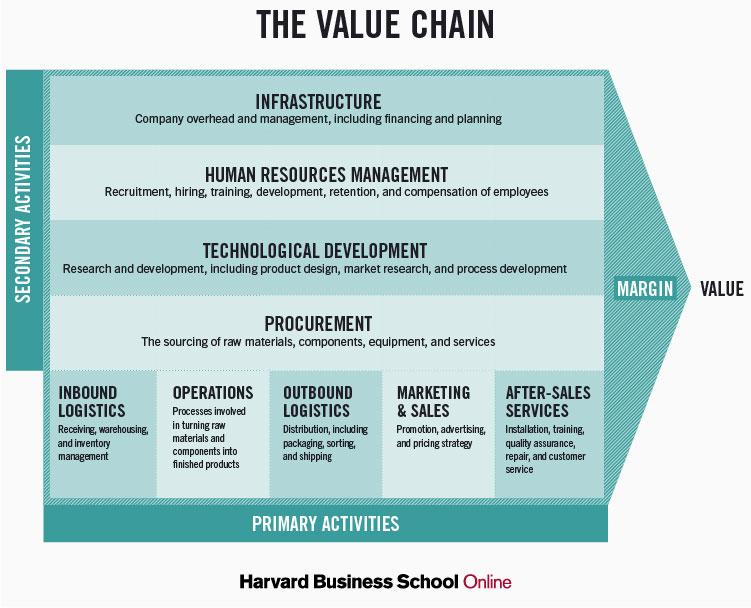In the ever-evolving landscape of digital finance, data is the compass guiding investors through uncharted territories. As blockchain technology reshapes the way assets are created, traded, and tracked, two distinct approaches to investment analysis have emerged: on-chain and off-chain analytics. Each offers a unique lens through which to interpret the vast streams of information generated by decentralized networks and traditional financial ecosystems. Understanding the nuances between these methodologies is crucial for investors seeking to navigate the complexities of the market with clarity and confidence. This article delves into the core differences, advantages, and limitations of on-chain versus off-chain analytics, illuminating the path toward more informed decision-making in the age of blockchain.
Table of Contents
- Understanding the Fundamentals of On-Chain and Off-Chain Analytics
- Evaluating Data Accuracy and Transparency in Investment Decisions
- Balancing Real-Time Insights with Historical Context
- Integrating On-Chain and Off-Chain Data for Comprehensive Analysis
- Strategic Recommendations for Leveraging Analytics in Portfolio Management
- Frequently Asked Questions
- Concluding Remarks
Understanding the Fundamentals of On-Chain and Off-Chain Analytics
At its core, on-chain analytics is all about diving directly into the blockchain’s public ledger. This means analyzing real-time transaction data, wallet movements, smart contract interactions, and token flows that are permanently recorded and verifiable. The beauty of on-chain data lies in its transparency and immutability, offering investors a crystal-clear window into network activity without any intermediaries. For example, tracking whale wallet movements or identifying spikes in token transfers can reveal market sentiment and potential price shifts before they hit mainstream news.
In contrast, off-chain analytics taps into external data sources beyond the blockchain. This includes metrics like social media sentiment, exchange order books, trading volumes, and even macroeconomic indicators. Since this data isn’t stored on the blockchain, it requires aggregation and interpretation from various platforms and APIs. Off-chain insights often provide context-helping investors understand why certain on-chain behaviors might be occurring, or predicting market trends influenced by news or regulatory changes.
Both analytics approaches serve distinct yet complementary roles. To simplify:
- On-Chain Analytics: Focus on factual, blockchain-embedded data; excellent for transparency and historical accuracy.
- Off-Chain Analytics: Use external, often real-time data to provide sentiment and contextual understanding.
| Aspect | On-Chain Analytics | Off-Chain Analytics |
|---|---|---|
| Data Source | Blockchain ledger | External platforms, APIs |
| Transparency | High, verifiable | Variable, dependent on source |
| Use Cases | Transaction tracking, wallet analysis | Market sentiment, news impact |
| Limitations | Limited to recorded data | Prone to noise, bias |

Evaluating Data Accuracy and Transparency in Investment Decisions
When navigating the complex world of investment analytics, the accuracy and transparency of data become paramount. On-chain data, by its very nature, offers a unique level of trustworthiness since it is recorded directly on a blockchain – a decentralized ledger that is immutable and publicly accessible. This offers investors an unparalleled opportunity to verify transactions and asset movements in real time without relying on third-party intermediaries.
However, off-chain analytics provide context that on-chain data alone cannot. These insights often come from external databases, market sentiment analysis, and aggregated financial reports which add a layer of narrative and interpretative value to raw blockchain records. Yet, this additional layer introduces potential risks in data integrity, as off-chain sources may suffer from reporting delays, human error, or even intentional manipulation.
To truly maximize investment decisions, a balanced approach is essential. Below is a comparison table highlighting the strengths and weaknesses of each data type:
| Data Type | Strengths | Limitations |
|---|---|---|
| On-Chain | Immutable, Transparent, Real-Time | Limited Context, Complex Interpretation |
| Off-Chain | Contextual, Aggregated Insights, Sentiment Data | Prone to Errors, Lack of Transparency |
Investors should also consider the source and methodology behind off-chain analytics to ensure transparency. Questions to keep in mind include:
- How is the data collected and verified?
- Are there disclosures about potential conflicts of interest?
- Is the data provider reputable and consistent over time?
Ultimately, embracing a hybrid model that cross-verifies on-chain raw data with off-chain insights can enhance data accuracy, reduce blind spots, and empower smarter investment decisions.
Balancing Real-Time Insights with Historical Context
Investing in the crypto space demands a delicate equilibrium between capturing immediate market movements and understanding long-term trends. While real-time data offers a snapshot of current activity, it’s the historical context that provides the narrative behind those numbers, revealing patterns, cycles, and anomalies that shape investment decisions.
Real-time insights empower investors to react swiftly to market fluctuations, identify sudden shifts in sentiment, and capitalize on momentum-driven opportunities. These insights are invaluable for day traders and short-term speculators who thrive on fast-paced environments. However, without the backing of historical data, real-time analysis can be misleading, often painting an incomplete picture of sustainability or risk.
Conversely, historical data enriches the decision-making process by offering a broader perspective. It helps investors recognize recurring trends and evaluate the effectiveness of strategies over time. The blend of both data types enables a more nuanced approach:
- Risk assessment: Historical volatility combined with current market behavior aids in forecasting potential downturns.
- Trend validation: Real-time spikes can be cross-examined against past cycles to avoid false signals.
- Strategic timing: Understanding when to enter or exit positions benefits from both immediate and retrospective insights.
| Data Type | Strength | Limitation |
|---|---|---|
| Real-Time Data | Quick response to market changes | Prone to noise and false signals |
| Historical Data | Identifies long-term trends and cycles | May miss short-term opportunities |
In practice, smart investors don’t rely solely on one type of data. Instead, they integrate both streams, leveraging real-time analytics for agility, supported by historical context to ensure their moves are grounded in a deeper understanding. This synthesis ultimately leads to more informed, balanced investment strategies in the ever-evolving blockchain ecosystem.

Integrating On-Chain and Off-Chain Data for Comprehensive Analysis
To unlock the full potential of blockchain insights, investors must bridge the gap between on-chain and off-chain data sources. While on-chain data offers a transparent and immutable record of transactions, wallet activities, and smart contract interactions, it often lacks the contextual depth provided by off-chain information such as news events, regulatory changes, social sentiment, and market trends. Combining these datasets creates a multidimensional view that empowers investors to make more informed and strategic decisions.
Integrating these data streams involves:
- Correlating transaction patterns with external market events to identify causality or emerging trends.
- Enhancing predictive models by incorporating sentiment analysis from social media alongside on-chain volume and flow metrics.
- Validating blockchain anomalies with off-chain news to filter out false positives or highlight potential manipulation.
For instance, a sudden surge in token transfers might initially appear as a market anomaly. However, when cross-referenced with off-chain data like a major partnership announcement or a regulatory update, the context transforms from suspicious activity to a legitimate growth signal. This synergy not only sharpens risk assessment but also uncovers hidden opportunities that single-source analytics may overlook.
| Data Type | On-Chain Example | Off-Chain Example | Investor Benefit |
|---|---|---|---|
| Market Movements | Token Transfers | Exchange Price Fluctuations | Improved Timing of Trades |
| Sentiment | Whale Wallet Activity | Social Media Trends | Early Detection of Market Sentiment |
| Risk Signals | Unusual Smart Contract Calls | Regulatory Announcements | Enhanced Risk Mitigation |

Strategic Recommendations for Leveraging Analytics in Portfolio Management
To truly harness the power of analytics in portfolio management, investors must adopt a hybrid approach that balances the immediacy of on-chain data with the contextual depth of off-chain insights. On-chain analytics provide real-time transparency into transaction flows, token movements, and smart contract activities-offering a pulse on market sentiment that can’t be replicated elsewhere. However, without the nuanced understanding of off-chain factors like regulatory changes, macroeconomic trends, and social media sentiment, decision-making risks being myopic.
Key strategies to integrate both analytics types effectively include:
- Data Fusion: Layer on-chain metrics with off-chain datasets to create composite indicators that reflect both blockchain activity and external market forces.
- Adaptive Weighting: Adjust the influence of on-chain versus off-chain signals dynamically based on market volatility and asset class.
- Scenario Modeling: Use predictive models that incorporate both real-time blockchain events and macroeconomic variables to simulate portfolio outcomes under various conditions.
Investors can enhance portfolio resilience by tailoring analytics workflows to their investment horizon and risk appetite. For example, a short-term trader might prioritize on-chain transaction velocity and whale movements, whereas a long-term investor could focus more on off-chain regulatory developments and project fundamentals. The interplay between these data realms facilitates a more holistic risk assessment and opportunity identification process.
| Analytics Aspect | On-Chain Strength | Off-Chain Strength |
|---|---|---|
| Data Timeliness | Instant, real-time | Delayed, contextual |
| Market Sentiment | Transaction flows & wallet behavior | News, social media, regulations |
| Risk Factors | Smart contract vulnerabilities | Economic policies & geopolitical events |
| Strategy Alignment | Short-term trading | Long-term investment |
Frequently Asked Questions
Q&A: On-Chain vs. Off-Chain Analytics for Investors
Q1: What exactly are on-chain and off-chain analytics?
A: On-chain analytics refer to the examination of data that is directly recorded on a blockchain-such as transaction history, wallet activities, and smart contract interactions. Off-chain analytics, on the other hand, involve data that exists outside the blockchain, including market sentiment, social media trends, exchange order books, and traditional financial metrics.
Q2: Why should investors care about on-chain analytics?
A: On-chain analytics provide a transparent, immutable source of truth. Investors can track real-time asset flows, identify wallet behaviors, and detect trends like accumulation or distribution without intermediaries. This data helps uncover the underlying fundamentals of blockchain projects and can signal market movements before they happen.
Q3: What advantages do off-chain analytics offer?
A: Off-chain analytics offer a broader context. They capture market psychology, regulatory news, macroeconomic factors, and trading volumes on centralized exchanges. These insights help investors understand external forces impacting asset prices and can complement on-chain data for a fuller picture.
Q4: Are on-chain analytics completely reliable on their own?
A: While on-chain data is transparent and tamper-proof, it doesn’t tell the whole story. It lacks context about external events, market manipulations off the blockchain, or investor sentiment. Relying solely on on-chain analytics might miss critical nuances that affect price movements.
Q5: How can investors effectively combine both analytics?
A: The best approach blends on-chain data’s hard evidence with off-chain insights. For example, spotting a surge in token transfers (on-chain) alongside positive social media buzz (off-chain) can strengthen confidence in an investment. Combining both sets of analytics enables a more balanced and informed decision-making process.
Q6: Are there risks in using on-chain analytics?
A: Yes. On-chain data can be complex and sometimes misleading without proper interpretation. Large transfers might be internal movements by whales rather than market activity. There’s also the risk of overfitting patterns or ignoring external influences that off-chain data might reveal.
Q7: Which type of investor benefits most from on-chain analytics?
A: Crypto-native investors, traders seeking micro trends, and those focused on decentralized finance (DeFi) projects gain significant advantages from on-chain analytics. It’s especially useful for those who value transparency and want to analyze blockchain behavior directly.
Q8: Can traditional investors benefit from off-chain analytics?
A: Absolutely. Off-chain analytics resonate well with traditional investors accustomed to financial news, market indicators, and sentiment analysis. These tools bridge the gap between conventional finance and the crypto world, easing the transition into digital asset investing.
Q9: What tools are popular for on-chain and off-chain analytics?
A: For on-chain analytics, platforms like Glassnode, Nansen, and Dune Analytics are widely used. Off-chain analytics often leverage tools such as CoinGecko, CryptoCompare, social media trackers, and sentiment analysis platforms.
Q10: What’s the future outlook for on-chain vs. off-chain analytics?
A: The future likely involves deeper integration of both data worlds. Advances in AI and data science will enable hybrid analytics platforms that synthesize on-chain transparency with off-chain context, empowering investors with richer, real-time insights to navigate increasingly complex markets.
By understanding the strengths and limitations of both on-chain and off-chain analytics, investors can cultivate a more nuanced, strategic approach to the evolving landscape of crypto investing.
Concluding Remarks
In the evolving landscape of investment analysis, the choice between on-chain and off-chain analytics is less about picking a winner and more about understanding the unique insights each approach offers. On-chain analytics provide a transparent, real-time window into blockchain activity, while off-chain analytics bring context, external data, and broader market signals into the picture. For investors seeking a well-rounded perspective, the true power lies in weaving these two strands together-balancing the raw, immutable truths of the blockchain with the nuanced, human-driven narratives beyond it. In this fusion, the future of smart, informed investing begins to take shape.

